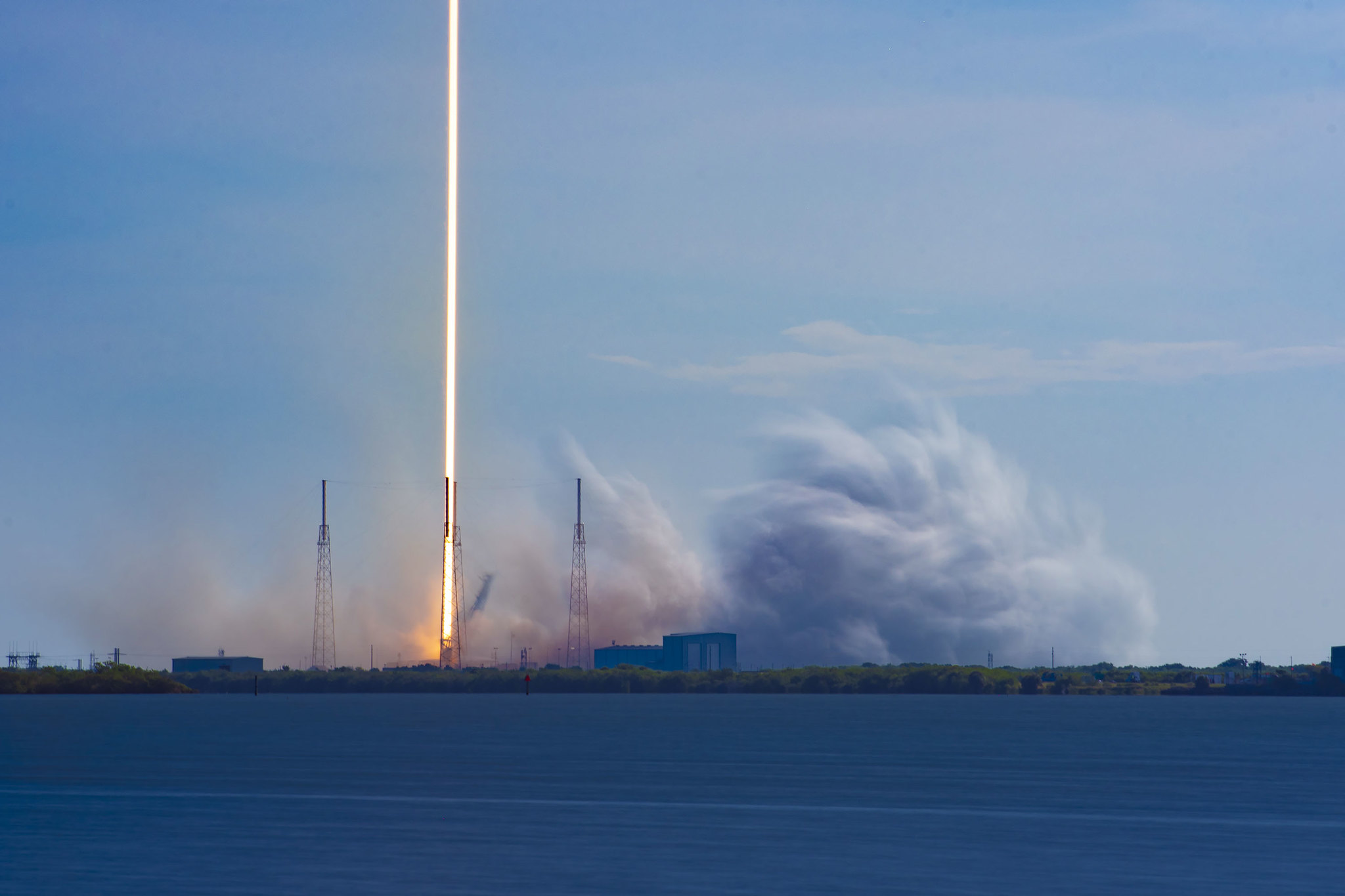Starshield will leverage the Starlink internet constellation to develop new products for the military market
WASHINGTON — SpaceX on Dec. 2 revealed a new business segment called Starshield aimed at U.S. national security government agencies.
This sector of SpaceX intends to leverage the Starlink internet constellation in low Earth orbit to develop products and services — including secure communications, remote sensing and space surveillance payloads — that are in growing demand by U.S. defense and intelligence organizations.
“While Starlink is designed for consumer and commercial use, Starshield is designed for government use, with an initial focus on three areas: Earth observation, communications and hosted payloads,” the company said on its website.
The Starshield site is heavy on marketing and light on details but conveys SpaceX’s vision to disrupt the national security satellite sector much like it has in launch, commercial broadband and civil space.
“SpaceX’s ongoing work with the Department of Defense and other partners demonstrates our ability to provide in-space and on-ground capability at scale,” said the company.
These statements suggest that as SpaceX has expanded its reach in the national security launch and satellite broadband markets, it decided it needs to offer more specialized products in order to win big-ticket contracts. Starshield will offer “end-to-end systems,” meaning complete services from launch vehicles to satellites and user terminals.
“It appears they have finally understood that going all commercial and asking national security space customers to use it doesn’t always work, so they are going to offer alternative products that are focused on national security but based on Starlink technology and production lines,” an industry analyst told SpaceNews.
Some of the products and services advertised by Starshield include satellites with sensing payloads that can deliver processed data directly to the user, cybersecure global communications with Starshield user equipment, and customized satellite buses “to support the most demanding customer payload missions.”
Starshield’s communications services offerings would draw from the company’s experience in Ukraine, where Starlink demonstrated its can operate in a combat zone and proved to be more resilient than the U.S. military would have expected from a commercial system. The Air Force has bought Starlink services to support units in Europe and Africa due to the system’s ability to operate in a hostile electronic environment.
Starshield also is capitalizing on SpaceX’s participation in the U.S. Space Force’s Space Development Agency’s missile-tracking and missile-detection constellation, where it partnered with Leidos to develop four classified infrared sensor satellites scheduled to launch before the end of the year.
SpaceX will offer to host “classified payloads and process data securely, meeting the most demanding government requirements,” the company said.
Starshield satellites would be equipped with laser terminals to make them interoperable with military satellites. Interoperability is a key requirement as DoD wants to use commercial low Earth orbit satellite capacity to transport data collected by remote sensing systems. Defense officials warned the current Starlink network, because of its highly proprietary technology, cannot be integrated into a hybrid architecture that DoD hopes to build.
SpaceX also promises “rapid deployment and development” of capabilities, a pitch that resonates with DoD space buying agencies that for years have been frustrated by the slow pace and high cost of satellite procurements.
Some of the more advanced capabilities advertised by Starshield will probably not be available until SpaceX deploys its second-generation Starlink satellites. These will be larger than the first-generation version and designed with performance features needed to host national security payloads and deliver higher levels of encryption than the commercial Starlink service.
To date SpaceX has launched approximately 3,500 first-generation Starlink satellites and recently won licensing approval to deploy Gen2 spacecraft.
